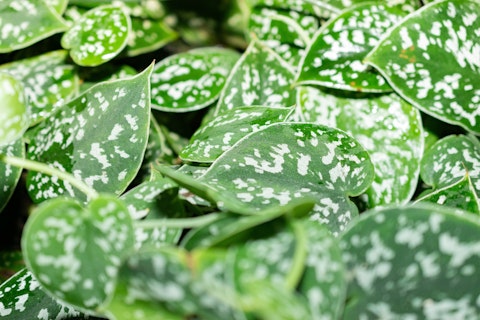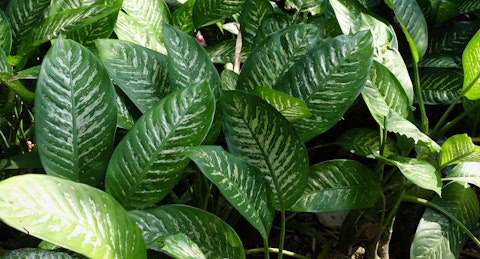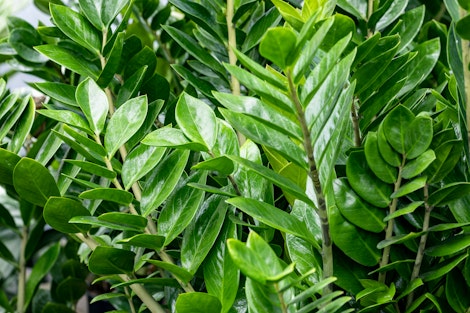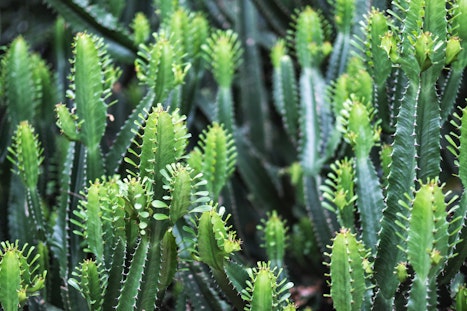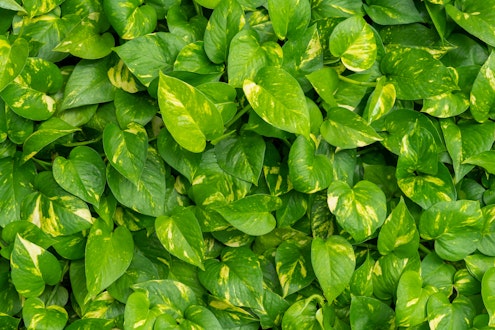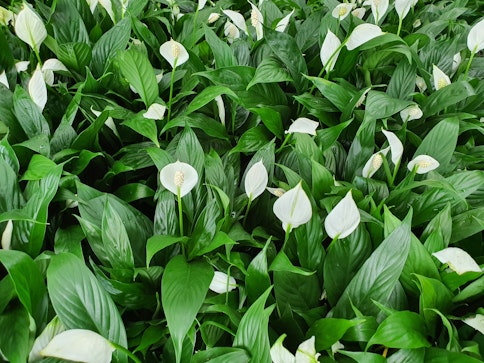
- Home
- Ferns - General Care
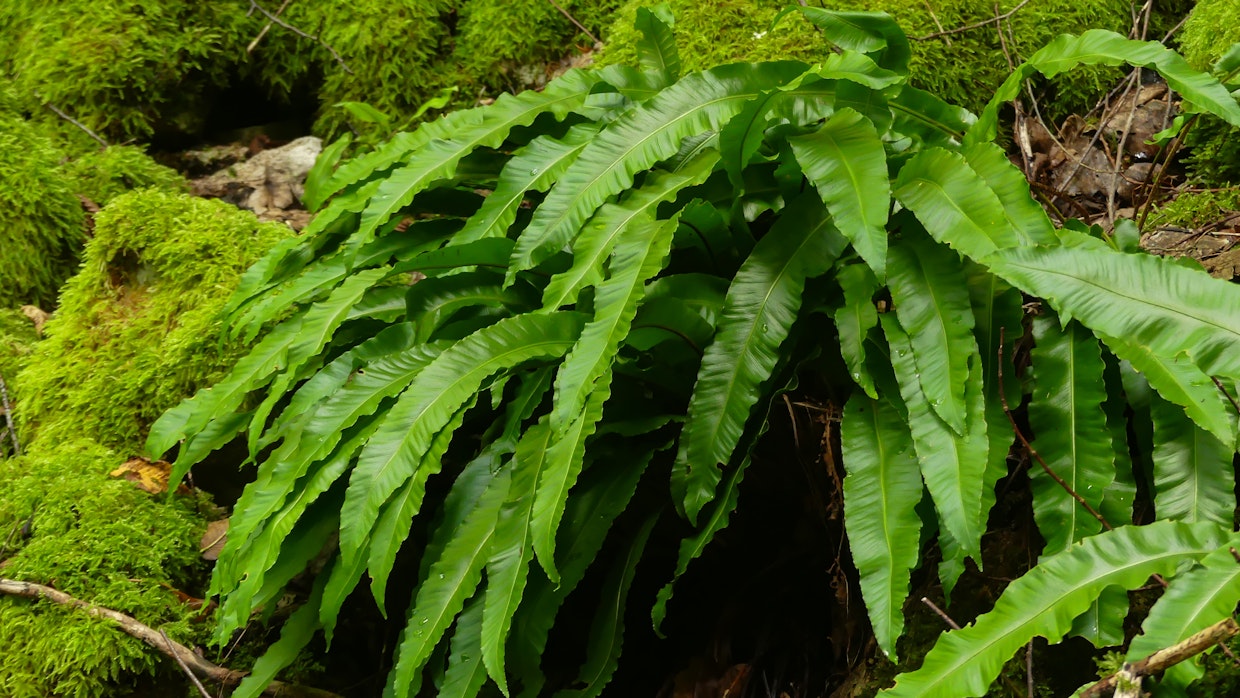
What is a fern?
Ferns are a very large group or plants comprising a large number of orders, families and genera of the division Polypodiophyta. They are spore producing plants that do not have seeds or flowers, but still have a vascular system. These are called Pteridophytes, a group of plants comprising ferns, clubmosses, spikemosses and quillworts.
Care
Ferns is a term encompassing a very large amount of plants. They exist in nearly every continent in the world, including some in arctic regions such as Alaska, Greenland and The Russian far-North. Fortunately, the majority of ferns cultivated as indoor ornamentals are from tropical and subtropical regions, and therefore require similar care.
Watering: Indoor ferns like to be kept fairly moist, but due to their thin root-systems they can suffer from over or under watering very fast. With a good, loose mix that retains water a fern is quite happy to have weekly waterings in summer months, with a little more or less depending on the weather and the humidity and temperature in your home. During the winter, it is recommended to reduce the watering right down to very few occasions, to account for the changes in light and temperature.
Potting: Ferns benefit from a chunkier mix that doesn't let water pool in and damage the roots. A mix with perlite and coco coir would do this nicely, while keeping the soil nice and light in between waterings. Further, pine bark would be good to mix in too, so that excess water can be absorbed and released back in slowly, or tapped into by the roots when needed.
Light: Most ferns are characteristically found on the forest floor, or beneath large canopies of trees. Resultantly, they aren’t really evolved to deal with lots of bright light, so having them in a medium light spot, or a slightly brighter spot with partial shade would be ideal for them.
Feeding: As ferns do not produce flowers, they benefit more from nitrogen based fertiliser than high potassium fertilisers. Generally, feeding ferns on occasion in the summer months is a good way to help strengthen their active growth, with feeding reduced or even stopped in the winter when the plants attempt to conserve energy.
Pests: Ferns are unfortunately victims of many types of pests, and are not equipped with much in the way of self defence against your typical houseplant villains! Thrips and spider mites enjoy the leaves while mealybugs and scale insects often make their home nestled in the stems. If you suspect something is wrong, check for these pests, and use preventative measures even if there is no evidence of pests! We have a guide on that here.
Things to look out for in Ferns:
Leaf browning: Leaves of fern (or fronds) generally do not go through the strict process of going from green to yellow before dying. Some go a flushed pale green, while others just brown from the outside in. In denser ferns with lots of tiny foliage, they will start shedding leaves, which makes a mess all over the carpet. If your fern is browning at an alarming rate, it will likely be an indicator of stress. Check the leaves for bugs and check to see if the soil is wet, or dry. If only a few, older leaves are browning then chances are there is nothing to worry about.
Fern species to check out:
Its worth noting that a lot of plants called ‘ferns’ are not truly ferns, and in those cases this guide does not apply to them. Common examples are the ‘Asparagus fern’ (Asparagus setaceus), ‘Foxtail fern’ (Asparagus densiflorus) and the ‘Sensitive fern’ (Mimosa pudica). But these species listed below are in fact ferns, and are a great addition to your collection!
Platycerium bifurcatum
Phlebodium aureum
Asplenium nidus “Campio”
Asplenium nidus “Cripsy Wave’
Microsorum musifolium ‘Crocodyllus’
Nephrolepsis exaltata
Adiantum raddianum
Jonathan Davies
Jonny has worked at Root since May 2023. His love for plants was inherited initially from his grandparents and parents, but really took off once he moved into his own place, where he started picking up small plants and was fascinated by watching how they grow and change over time. Jonny has a degree in Archaeology and Classics from the University of Sheffield, and a masters in Egyptology from Swansea University, where he primarily focused on garden culture in the ancient world, which he has managed to extend to a PhD thesis in the University of Liverpool, where he has been able to combine his love for plants with his love for ancient language and culture. Jonny loves being in the natural spaces around North Wales and Cheshire where he used to go growing up, and often spends hours examining the plants and trees, and kicking up the leaf litter searching for mushrooms and insects. He is fascinated most by plant biology, taxonomy and learning about ecosystems and interactions between plants and their environmental counterparts, and enjoys tending to his varied array of houseplants, and ongoing ‘plant projects’, such as growing plants from seeds and creating living epiphyte displays. Aside from his green thumb, his other interests include: art, reading, listening to and playing music in the company of his cats, Spooky and Boo.
More by Jonathan DaviesRelated Articles
View all articles
